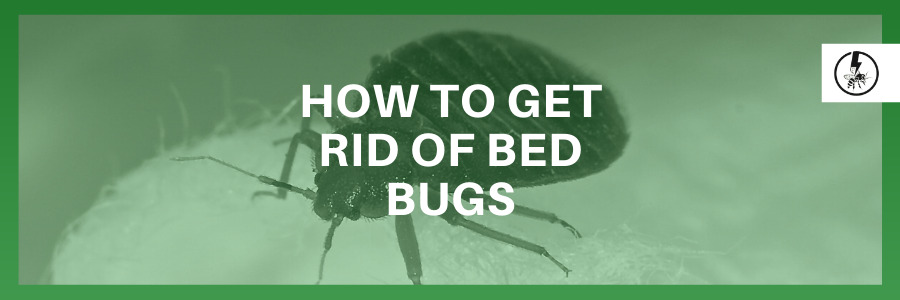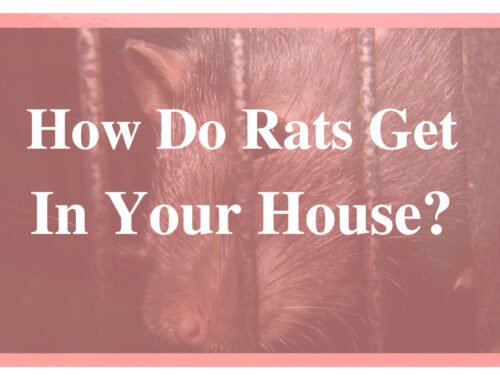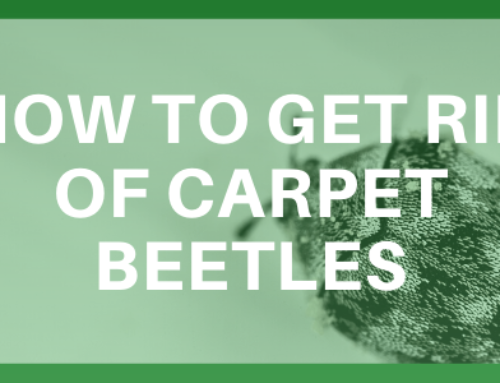Bed bug infestations are on the rise. They can be prolific through flats, terraced and semi-detached houses as they will follow pipe work and wiring from one property to another to find a blood host to feed from.
If you think you have bed bugs be sure to get rid of them quickly before the infestation gets worse.
What do bed bugs look like?
The common bed bug (Cimex Lectularis) With sizes ranging from 1-7mm, the adults are light brown to reddish in colour, flat and oval shaped. They feed only on blood and can survive a year without feeding, they find their hosts by carbon dioxide and warmth and only need to feed every 5-7 days. Bed bugs are light sensitive nocturnal insects. They have 5 immature nymph stages and lastly sexually mature adult stages. After feeding, their bodies swell and are a reddish colour.
Bedbugs aren’t known to spread disease to or among people, but that doesn’t make them less creepy-crawly. About the size of an apple seed, they feast on human blood and typically bite a sleeping host at night.

Where Bed Bugs Hide
Bedbugs may enter your home through luggage, clothing, used beds and sofas, and other items. Their flattened bodies make it possible for them to fit into tiny spaces. Bedbugs do not have nests like ants or bees, but tend to live in groups in hiding places.
Their initial hiding places are typically in mattresses, box springs, bed frames, and headboards where they have easy access to people to bite in the night.
Over time, however, they may scatter through the bedroom, moving into any crevice or protected location. They may also spread to nearby rooms or apartments.
Because bedbugs live solely on blood, having them in your home is not a sign of dirtiness. You are as likely to find them in immaculate homes and hotel rooms as in filthy ones.
How to check for bed bugs?
Bed bugs prefer to feed on exposed skin preferably the face, neck arms and ankles of a sleeping person. Bed bug bites can lead to many health impacts including allergic symptoms, skin rashes and psychological effects. The bites are usually itchy and can range from being invisible to blisters. Bed bug bites are not known to transmit any infectious diseases.
So, how do you know if you have bed bugs? When looking for signs of bed bugs you may see small brown blood spots or stains on mattresses or bedding as well as around cracks or crevices on bed frames or into skirting or floorboards. You may also be able to smell an unpleasant sweet sickly scent. Due to them being predominantly nocturnal if you see them in daylight this generally means a large infestation. The best way to be sure of whether you have a bed bug problem is to call in a professional as they will know the signs to look for and where bed bugs will be hiding.
Bedbugs Bite
Bedbugs are active mainly at night and usually bite people while they are sleeping. They feed by piercing the skin and withdrawing blood through an elongated beak. The bugs feed from three to 10 minutes to become engorged and then crawl away unnoticed.
Most bedbug bites are painless at first, but later turn into itchy welts. Unlike flea bites that are mainly around the ankles, bedbug bites are on any area of skin exposed while sleeping. Also, the bites do not have a red spot in the centre like flea bites do.
People who don’t realise they have a bedbug infestation may attribute the itching and welts to other causes, such as mosquitoes. To confirm bedbug bites, you must find and identify the bugs themselves.

How to get rid of bed bugs?
The best way to get rid of bed bugs is to call in Eraserpest who are experts in bed bug pest control and will be able to provide the quickest and most effective way to eliminate the infestation.
Regular cleaning and hot washing bedding and clothes will help to kill some bed bugs, but bed bugs have now been proven to have a resilience to many pesticides. As a result, DIY bed bug treatments are not recommended and even professional treatments will need to use sometimes 3 different sorts of pesticides to eliminate the bed bug infestation.
Our bed bug pest control treatment follows a 4-step programme
- Carry out a professional survey to be sure it is bed bugs you have and the level of infestation.
- Advise you on any good housekeeping measures and how many visits will be needed.
- Use the most effective treatments to control the bed bugs.
- Monitor by keeping in contact with you and or further inspections to ensure the bed bug population does not come back.
If you are wanting to know what kills bed bugs and their eggs in your house or business, then the answer is making sure you give Eraserpest a call who will be more than happy to advise you through the process. We provide bed bug treatments in domestic dwellings and the businesses sector.






